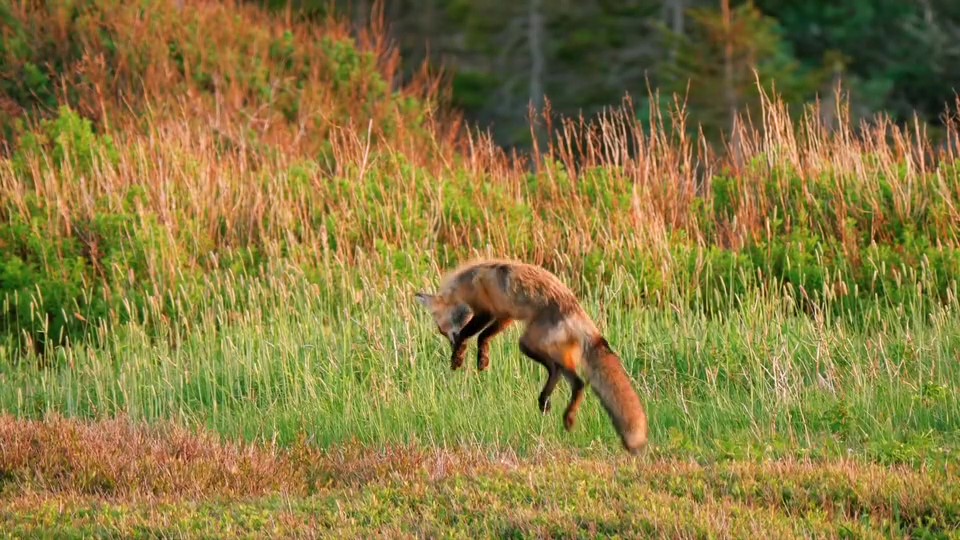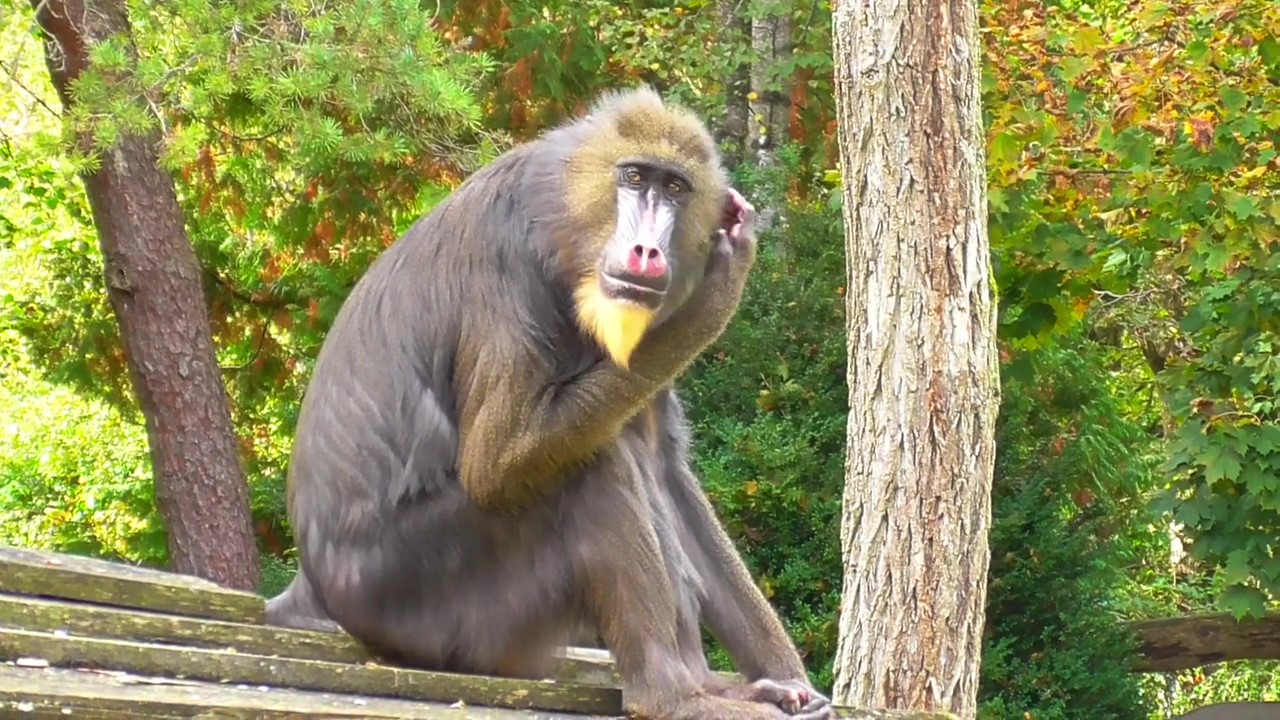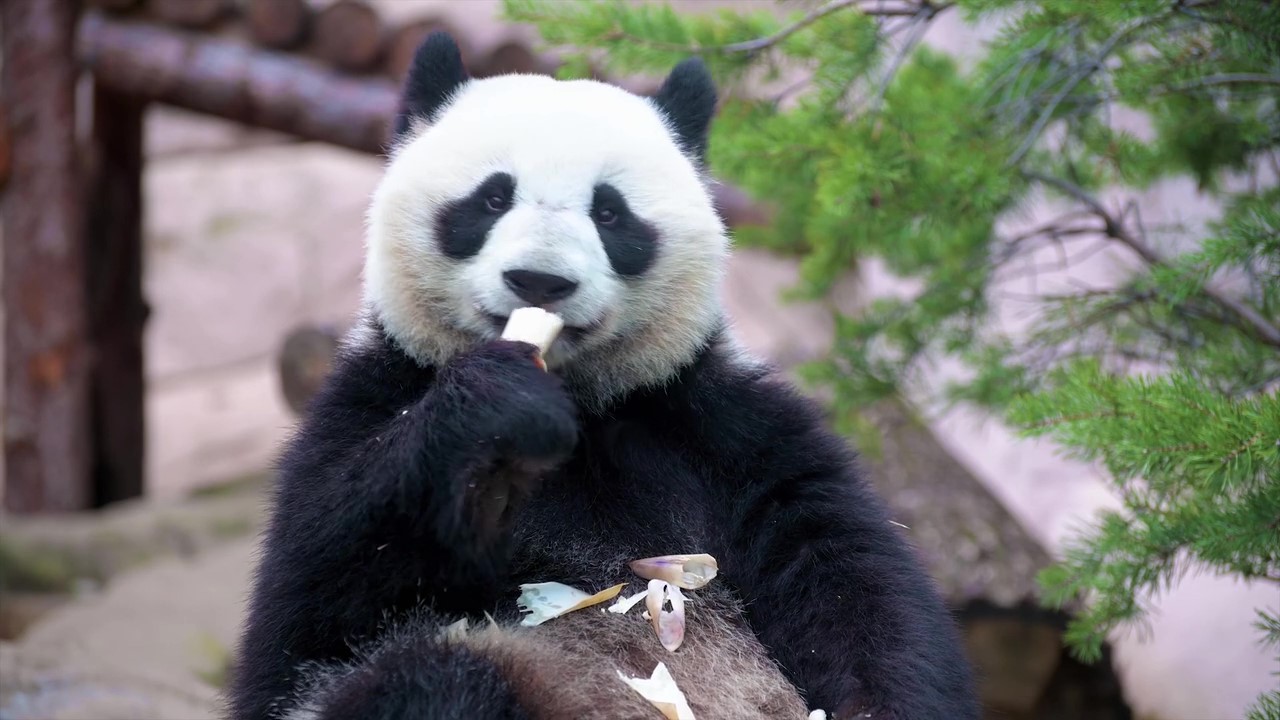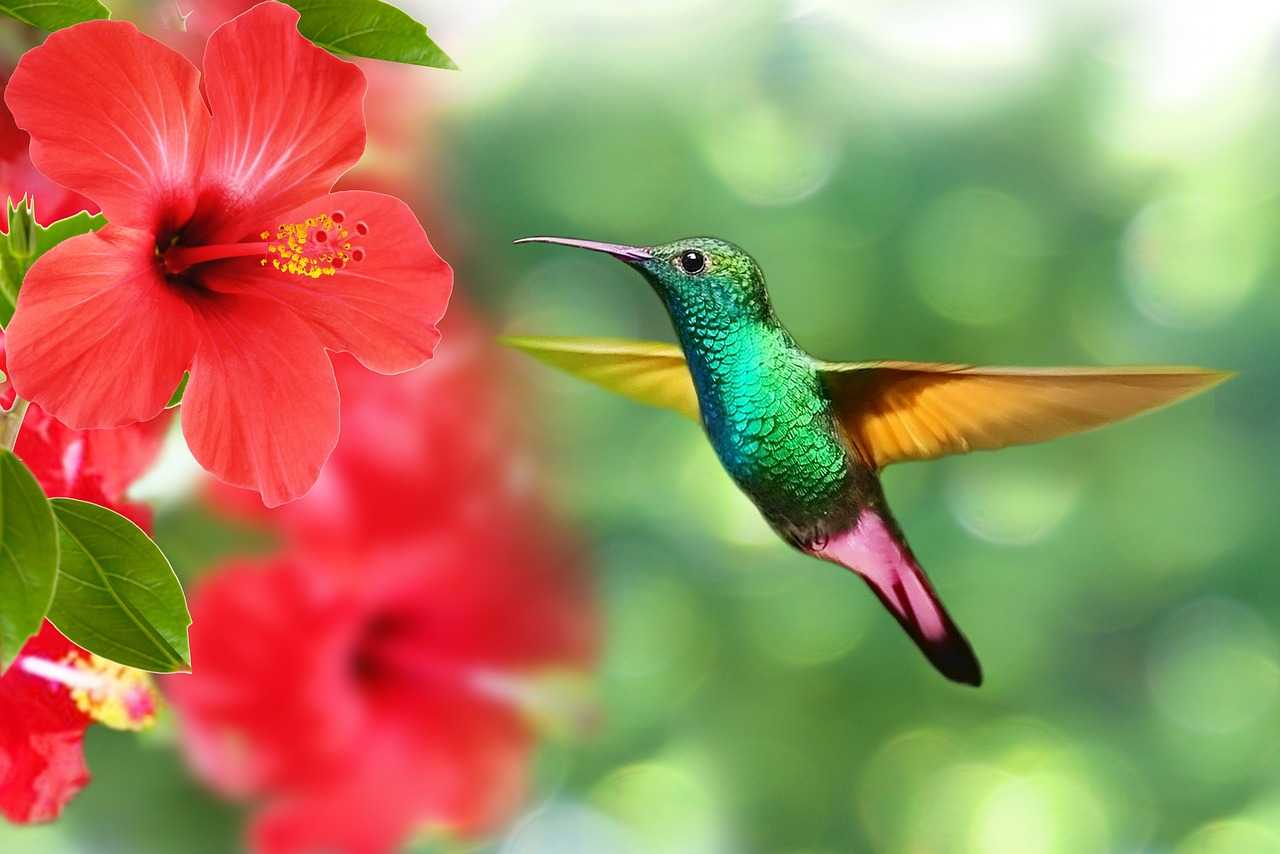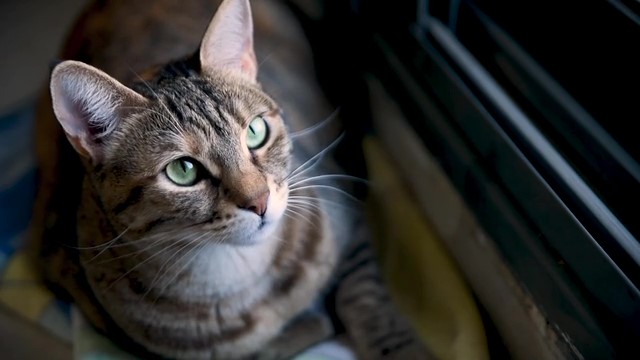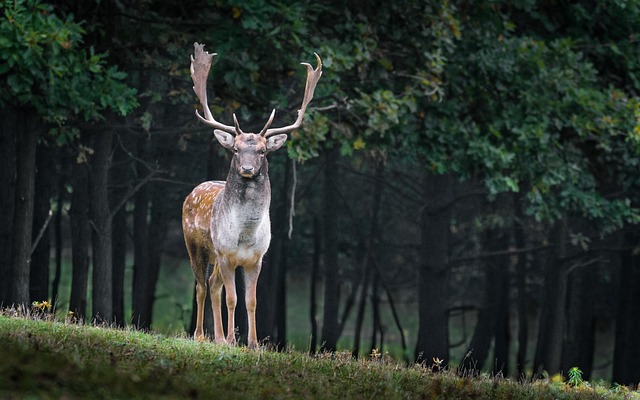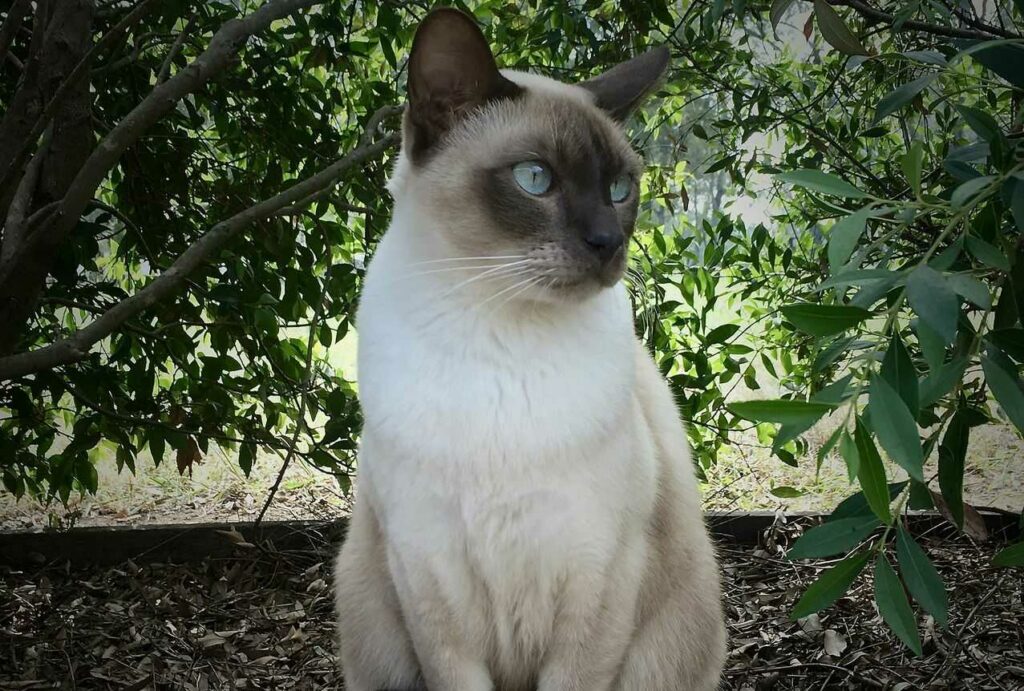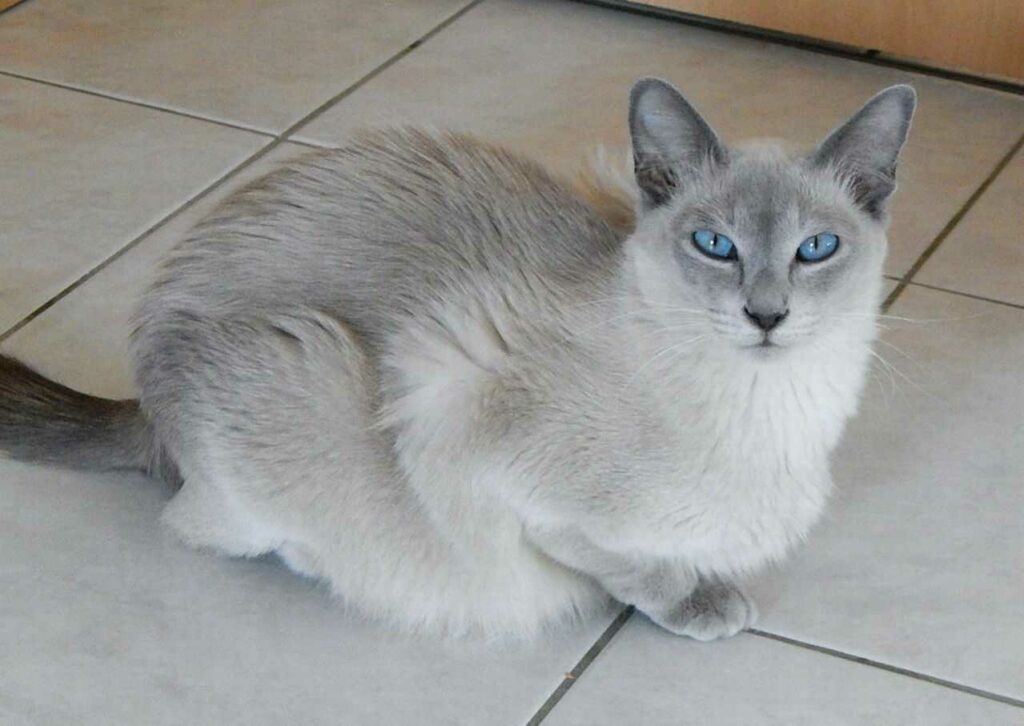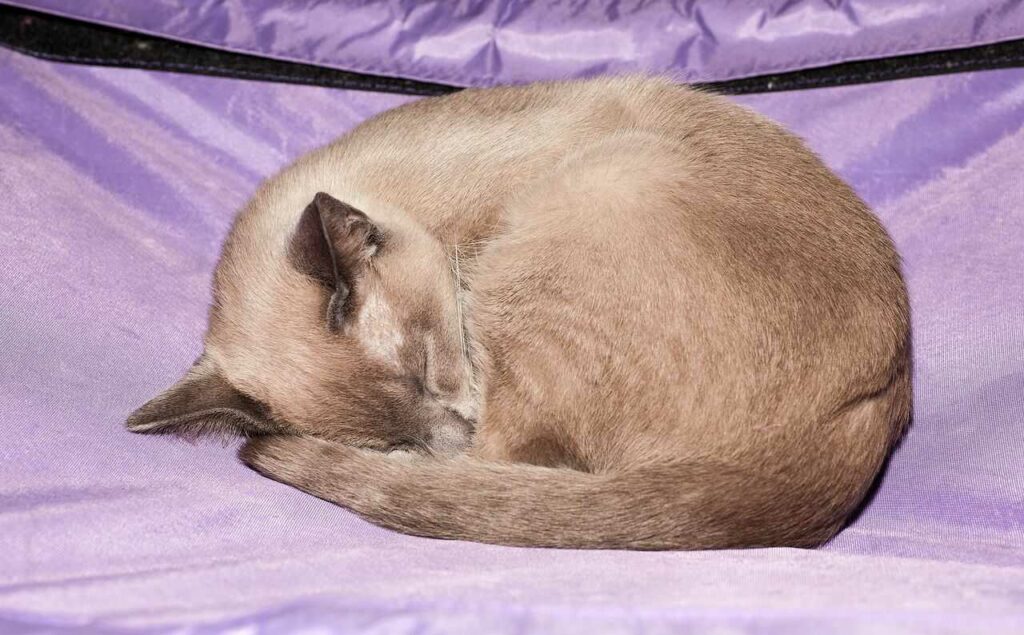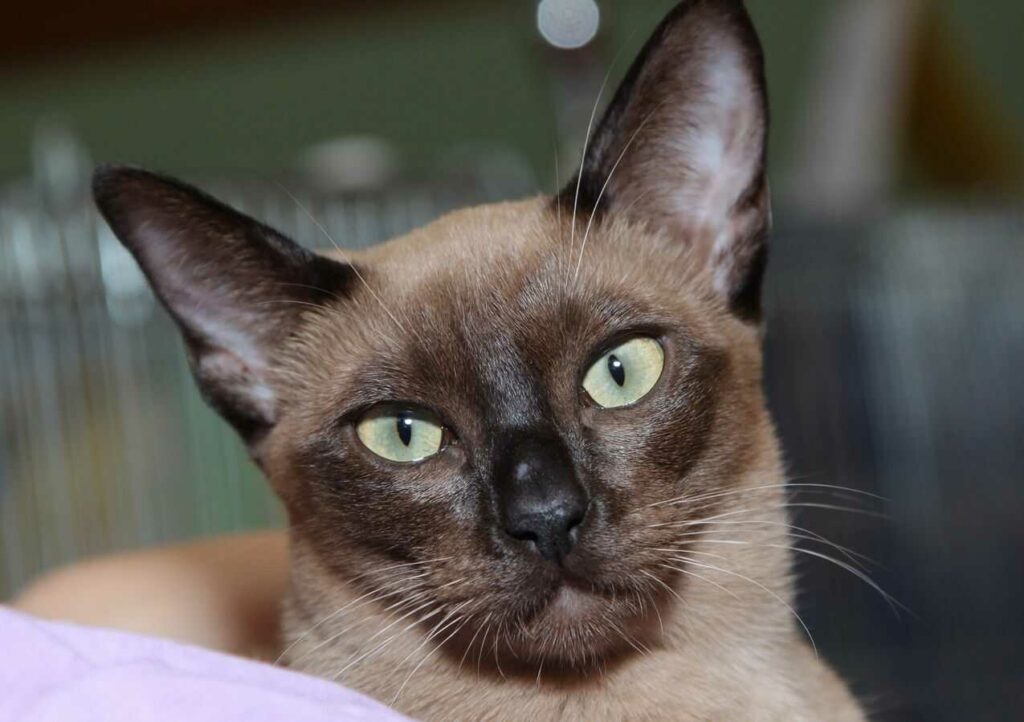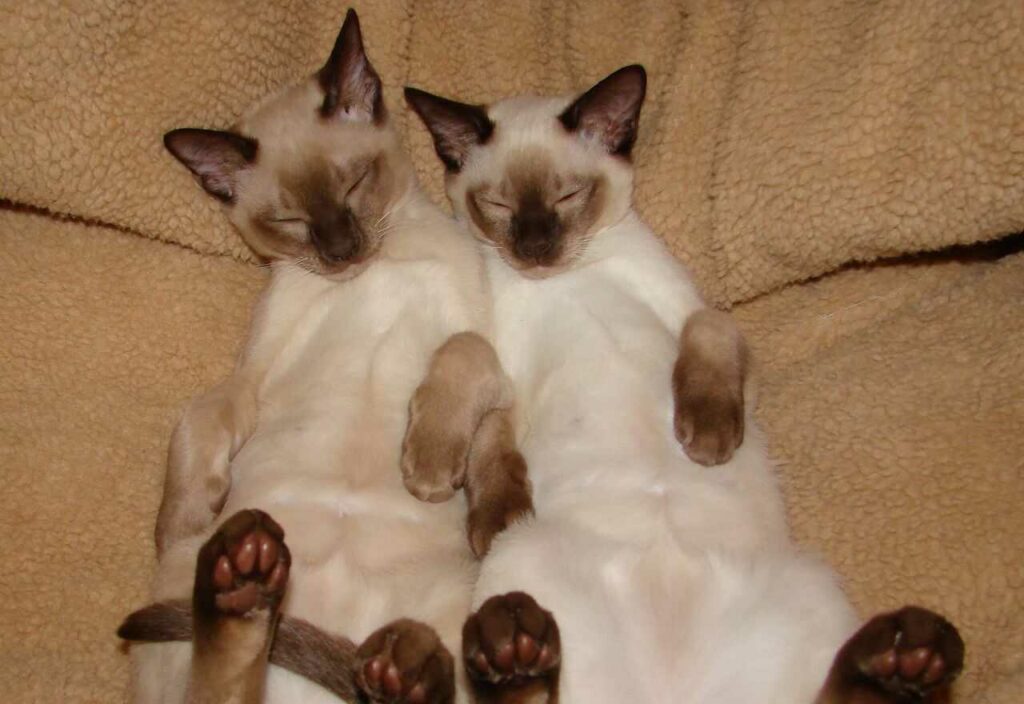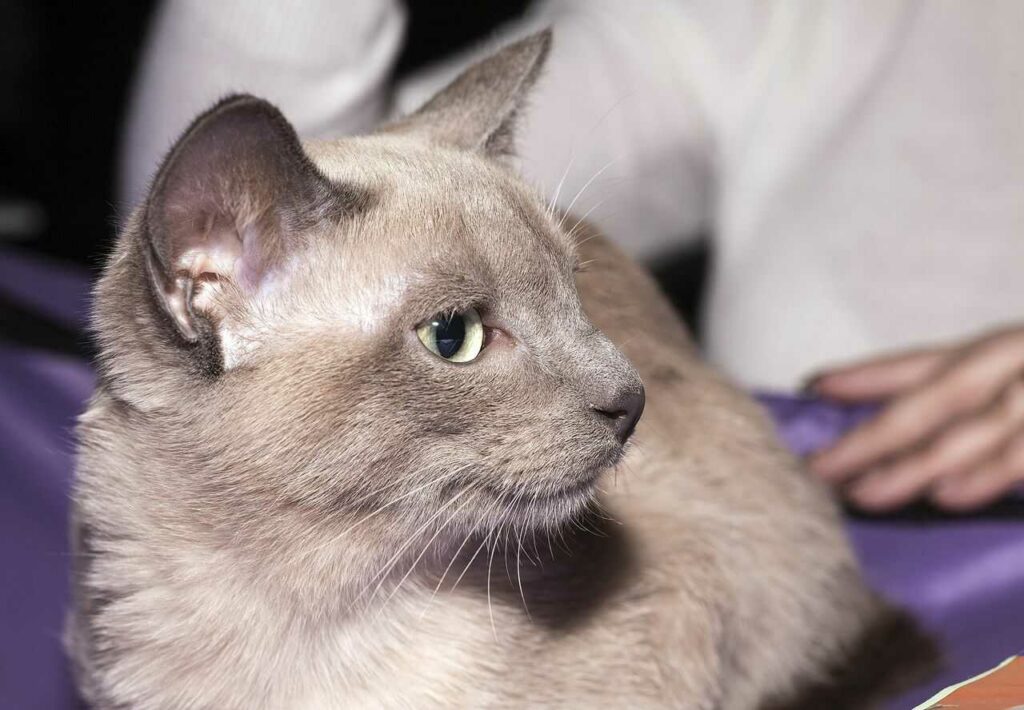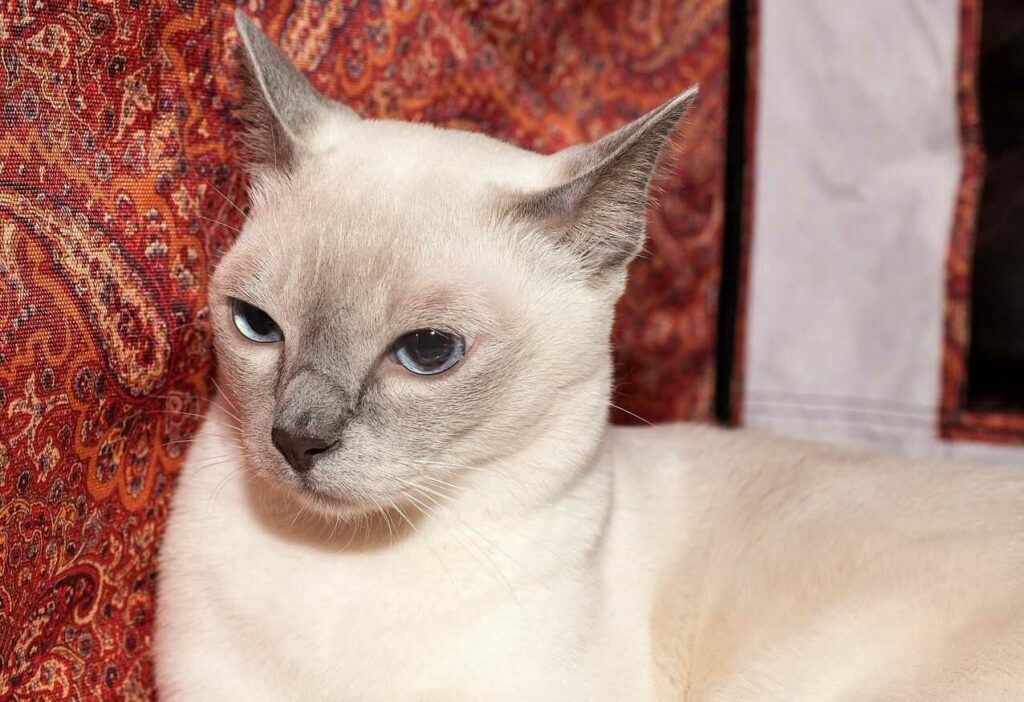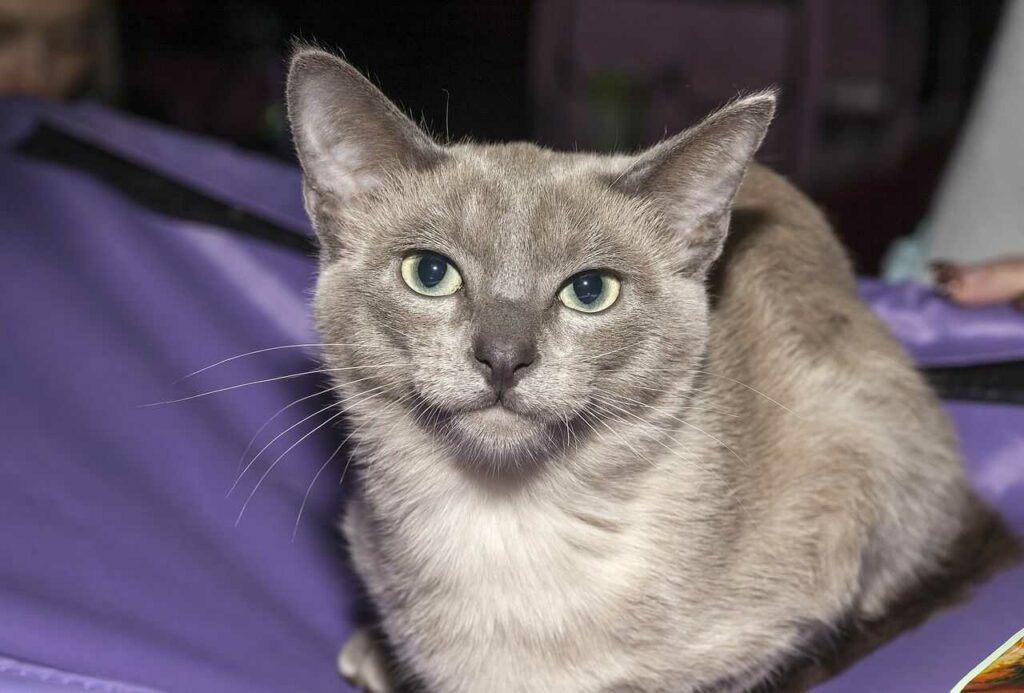
Tonkinese
Tonkinese
Tonkinese
Do you know about the cat called 'Tonkinese'? Compared to more mainstream breeds, it might be a bit unusual in Japan. It looks somewhat similar to the Siamese, but actually, there lies the secret of the Tonkinese. What exactly is this secret? Let's delve into the world of the Tonkinese right away!
Tonkinese Basic Infomation

Country of origin: Canada
Weight: Males: 3-5 kg, Females: 3-4.5 kg
The Tonkinese is essentially a hybrid species of cat born from the crossbreeding of the 'Siamese' and 'American Burmese'. It is also said that the birth of the American Burmese was involved in the creation of the Tonkinese.
Tracing back to around 1930, an American doctor named Joseph Thompson brought back a rare brown female cat from Myanmar. He named her Wong Mau and cared for her, but at one point he attempted to crossbreed Wong Mau with a Siamese.
From there, further backcrossing Wong Mau with her offspring resulted in the birth of a uniquely beautiful sepia-colored kitten. (Backcrossing refers to breeding a hybrid offspring with one of its parents.)
Thus far, it pertains to the birth process of the American Burmese, but in fact, two other types of kittens were born. One had the distinct pointed features like a Siamese. And another had a beautiful brown fur like its mother Wong Mau, and even darker points. This kitten is considered to be the first Tonkinese.
While the popularity of the American Burmese was increasing, the Tonkinese's coat color became lighter with each crossbreeding. Consequently, pedigree registration organizations were reluctant to register the Tonkinese breed, fearing the advancement of inbreeding.
However, breeders who loved the Tonkinese established an association to get the breed officially recognized. By choosing only healthy Siamese and American Burmese as breeding partners, they continued breeding and, as a result, it is now recognized in countries around the world like America and Europe.
Tonkinese Q&A

What is the origin of the name 'Tonkinese'?
Originally, it was not called 'Tonkinese' but 'Tonkanese', which comes from the musical 'The Island that Overcomes Racial Barriers, Tonka'. However, as it was common at that time to name breeds based on their supposed geographic origins, it was mistakenly believed to be derived from the Tonkin region of the Indochina Peninsula or the Gulf of Tonkin in Vietnam, and was later renamed to 'Tonkinese'. It's quite a curious origin!

What are the color variations of the Tonkinese?
Natural, Platinum, Blue, Chocolate, and Champagne are available.
Solid color: The face, body, legs, and tail are all one color.
Pointed: Parts of the body like the head, ears, legs, and tail are colored.
Mink: Uniform body color, with softer point color compared to Pointed.
Colors include Yellow, Blue, Aqua, and Green.
Tonkinese are exclusively a short-haired breed.

What does the Tonkinese look like?
It has a rounded wedge-shaped head with large almond-shaped eyes, wide-set large ears, and a body type known as semi-foreign. It has a well-toned muscular body, overall a well-balanced cat.
The coat is soft and silky, much like touching silk, and its beautiful appearance will make you want to pet it over and over. In cases of Pointed or Mink, the coloring may not be clear in kittens but as they grow, you can enjoy watching the fur change color. Taking photos might make it easier to observe these changes.

How much does it cost to buy a Tonkinese?
When buying from a breeder or cattery, it costs about 200,000 to 300,000 yen. If you find a kitten you like, it's good to visit and see it first.
In pet shops, it costs between 150,000 and 200,000 yen. However, some shops may breed indiscriminately, so it might be best to avoid buying from places where the breeding background is not clear.
Additionally, if you buy from a cattery with higher qualifications than a general breeder, the price can be higher. Catteries need to be certified by 'CAF' or 'TICA', so breeders with these qualifications are more reliable and add value. The high price is a testament to their credibility.
There are also several factors that can affect the price:
The kitten being young, having excellent pedigree, or having a rare color or pattern.
Other conditions may apply, but especially these factors tend to drive up the price.

Is it true that Tonkinese were initially siblings with the American Burmese?
It is true. The explanation of backcrossing in the basic information might have made it a bit confusing, but both breeds are offspring of Wong Mau, making them siblings. However, the specifics of whether both were male or female are unknown.

I want to know more about the personality and characteristics of the Tonkinese!
The Tonkinese has many similarities to the American Burmese. Its gentle nature makes it suitable for families with small children, and its adaptability allows it to coexist with other cats or animals. On the other hand, it is also quite affectionate, making it an ideal breed for those who want to spend a lot of time with their cat.
The Tonkinese is a talkative and intelligent cat. Its soft voice makes it easy to keep in apartments or condominiums. It loves to communicate with its owner, and will be happy as long as you spend time playing with it.
Rather than staying still, the Tonkinese prefers to move around and enjoys exercise. It loves playing with toys, and placing a cat tower would be a good idea. If you feel it is using a lot of energy, provide a high-protein, high-calorie diet and observe any changes in weight.

What diseases are Tonkinese susceptible to?
Tonkinese are susceptible to 'Lower Urinary Tract Disease (LUTD)' and 'Diabetes'.
Cats, historically, do not have a habit of drinking much water, which puts a strain on their kidneys, often leading to urinary tract diseases.
Specifically, kidney stones formed in the kidney can get stuck in the urethra or other parts, causing 'Urinary Stones' or 'Cystitis'. If you notice a decrease in the frequency of using the toilet, or see blood in the urine or a change in the color of the urine, consult a vet promptly.
While prevention is possible by being mindful of diet and water intake, some cats may still develop these conditions no matter how careful you are, so it is recommended to get regular health checks.
Obesity and lack of exercise can increase the likelihood of developing these conditions. Symptoms include suddenly drinking a lot of water or an increase in urination. As the disease progresses, symptoms such as loss of appetite or vomiting and diarrhea may appear.
You must be cautious if your cat is becoming overweight, but diabetes can also occur due to genetics or aging. While it is difficult to prevent diseases caused by congenital reasons, obesity can be prevented with appropriate exercise and diet management.

What is the lifespan of the Tonkinese?
The lifespan of the Tonkinese is about 15 years. As the general lifespan of cats is 12 to 16 years, it is quite average.

Would you like to become a part of the 'Animalbook.jp'?
Turn your knowledge into Q&A and share it with the world. ※Publication will be activated after purchase. Let's share information together!
Tonkinese Type of List

- Tonkinese
Information
Congratulations! You are the first commenter!

Would you like to leave a comment?
※Please note: This is for the purchase of rights to post comments within the article.

Find Your Favorites!
Our shop offers a unique and attractive selection of goods themed around various animals.
Tonkinese References

- まるごとわかる猫種大図鑑 監修:CFA公認審査員 早田由貴子
- 世界中で愛される美しすぎる猫図鑑 監修 今泉忠明
- The Cat Fancier's Association, Inc. https://cfa.org/tonkinese/
- 猫との暮らし大百科 https://www.anicom-sompo.co.jp/nekonoshiori/
- みんなの猫図鑑 https://www.min-nekozukan.com/
- Pet Smile news forネコちゃん http://psnews.jp/cat/
- 子猫のへや https://www.konekono-heya.com/sitemap.html
- ねこちゃんホンポ https://nekochan.jp/
- 公益社団法人 埼玉県獣医師会 https://www.saitama-vma.org/topics/猫の遺伝性疾患について/
Tonkinese Introduction of media used

Help Enrich Our Animalbook.jp with Your Media!
We are constantly looking to expand and enrich our Animalbook.jp with amazing photos and videos of animals. If you have any media that you'd like to share, please contribute and help us showcase the beauty and diversity of the animal kingdom. Your submissions will be credited and featured in our encyclopedia, reaching a wide audience of animal lovers.
